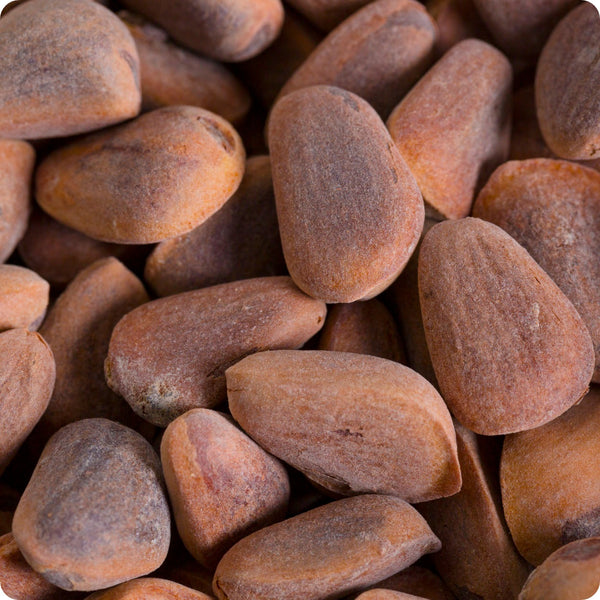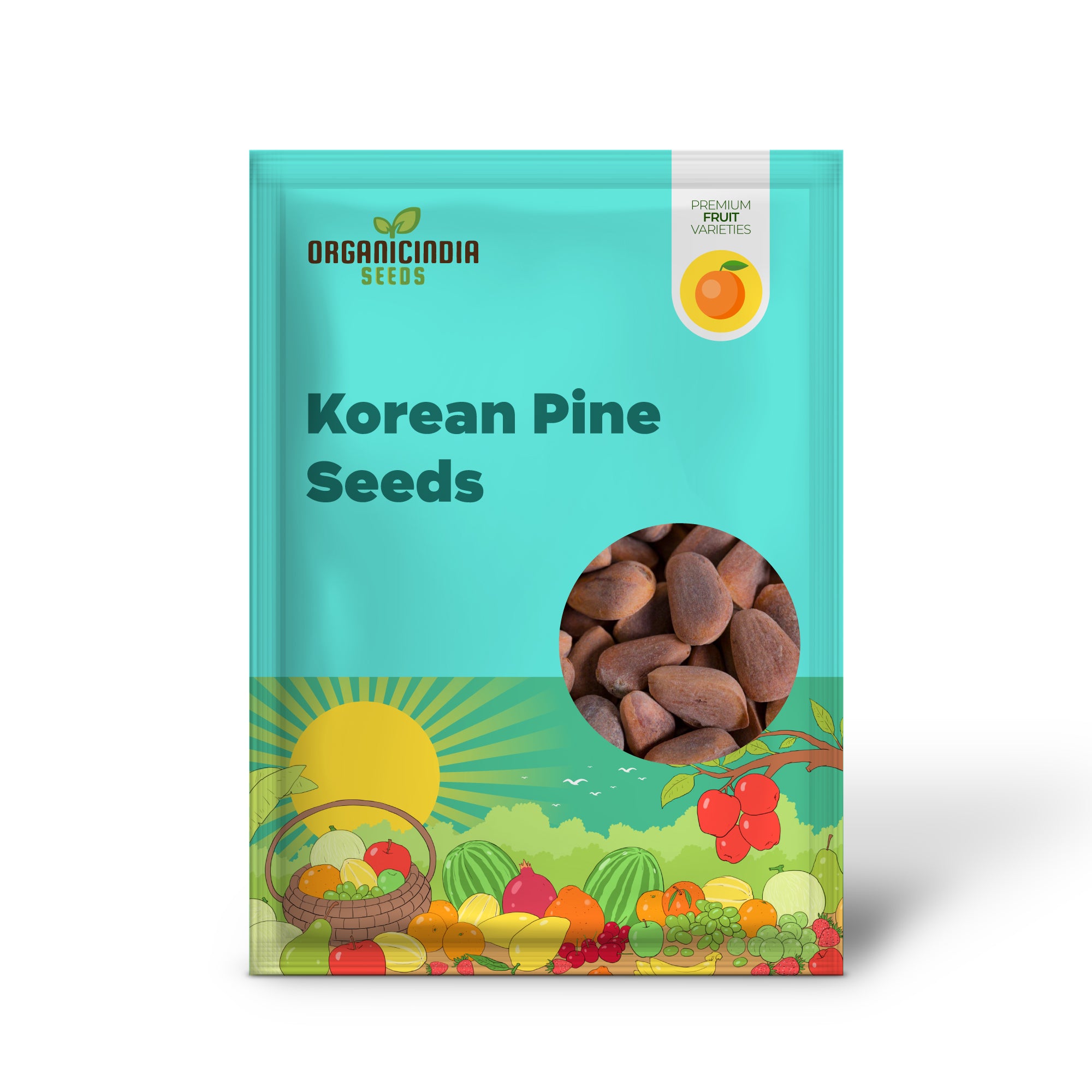



Free Shipping
Safe & Secure Payments
The Korean Pine (Pinus koraiensis) is a slow-growing, evergreen conifer native to the mountainous regions of Korea, China, and parts of Russia. Known for its long, soft needles and large, edible pine nuts, this tree is highly valued both for its ornamental beauty and its productive harvest. Korean Pine trees are adaptable to a variety of soil types and thrive in temperate climates, making them a great choice for gardeners in USDA Hardiness Zones 4–7. While it takes several years for the tree to mature, it eventually grows into a tall, stately tree with a broad canopy and a straight trunk. The seeds produce high-quality pine nuts that are prized for their rich flavor and nutritional value, commonly used in cooking, baking, or simply as a snack.
Key Features:
Growing Information:
Light: Korean Pine trees thrive in full sun to partial shade. They require at least 6–8 hours of sunlight daily to grow well, but they can tolerate some light shade, especially in hotter climates.
Soil: The Korean Pine prefers well-draining, slightly acidic to neutral soil (pH 5.5–7.5). It can tolerate a range of soil types, including sandy, loamy, and clay soils, as long as there is proper drainage. It is important to avoid waterlogged soils to prevent root rot.
Planting Tips:
Watering: Korean Pine trees require moderate watering, especially when young. Keep the soil evenly moist but not waterlogged. Once established, the tree is drought-tolerant, but it will still benefit from occasional watering during dry spells, especially in hot summers or during fruit development.
Benefits:
Growing Zones: The Korean Pine is suitable for USDA Hardiness Zones 4–7. This makes it ideal for regions with cold winters and moderate summers. It thrives in temperate climates and can be grown in both mountain and valley regions.
How to Use in the Garden:
Conclusion: The Korean Pine (Pinus koraiensis) is a versatile, slow-growing evergreen tree that provides both ornamental beauty and a harvest of nutritious pine nuts. Its cold-hardiness, adaptability to different soil types, and attractive appearance make it a valuable addition to gardens and landscapes in USDA Hardiness Zones 4–7. Whether grown for its edible nuts, its aesthetic value, or its role in supporting wildlife, the Korean Pine is a long-term investment that will bring joy and rewards for generations to come.
オプションを選択

